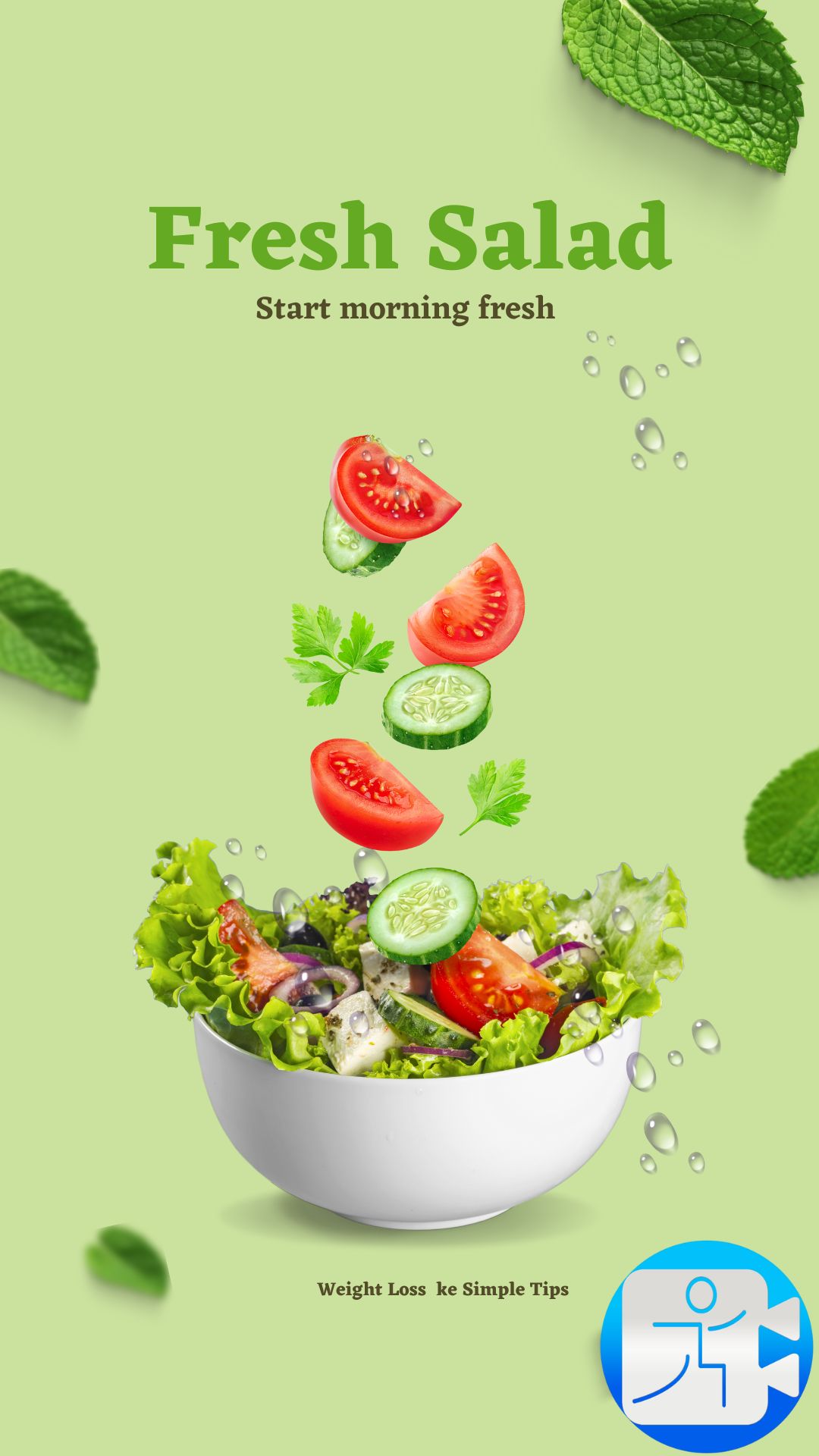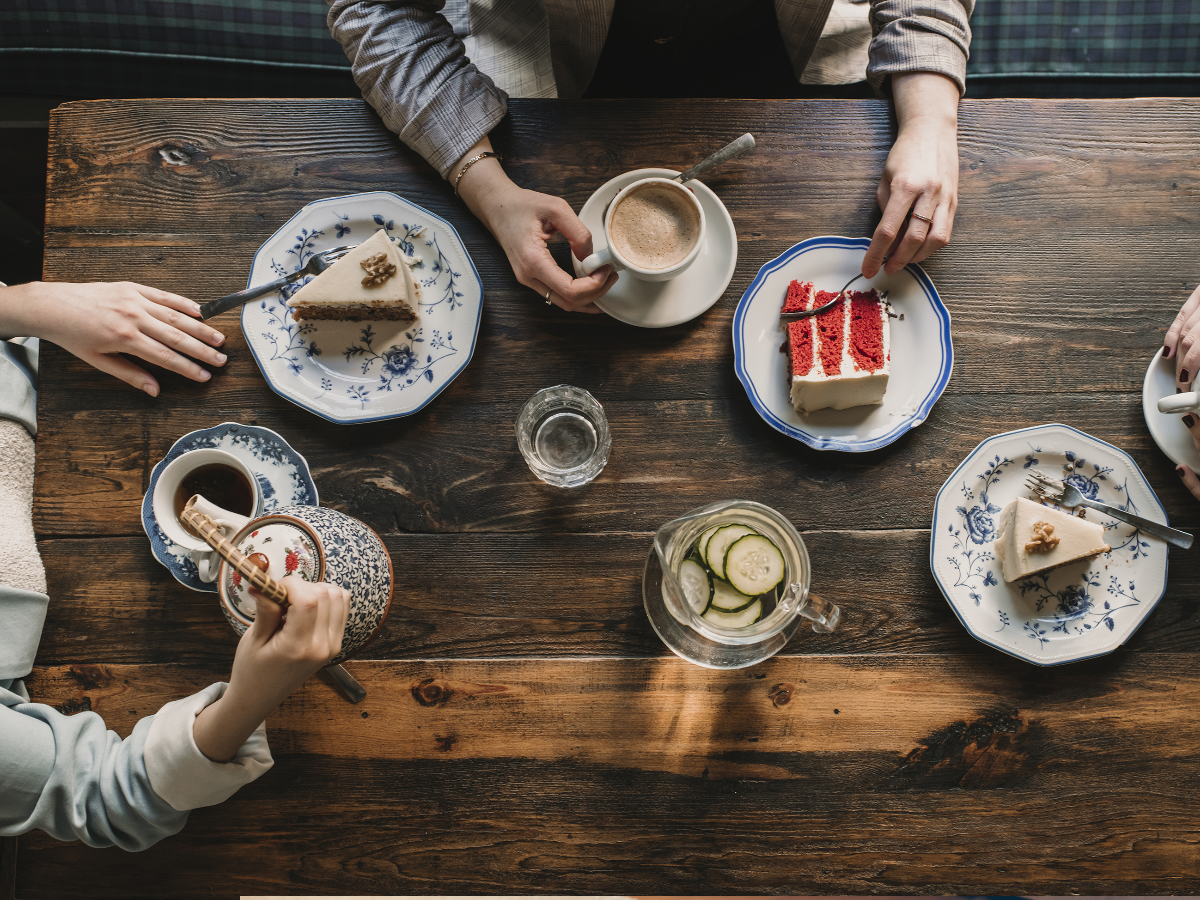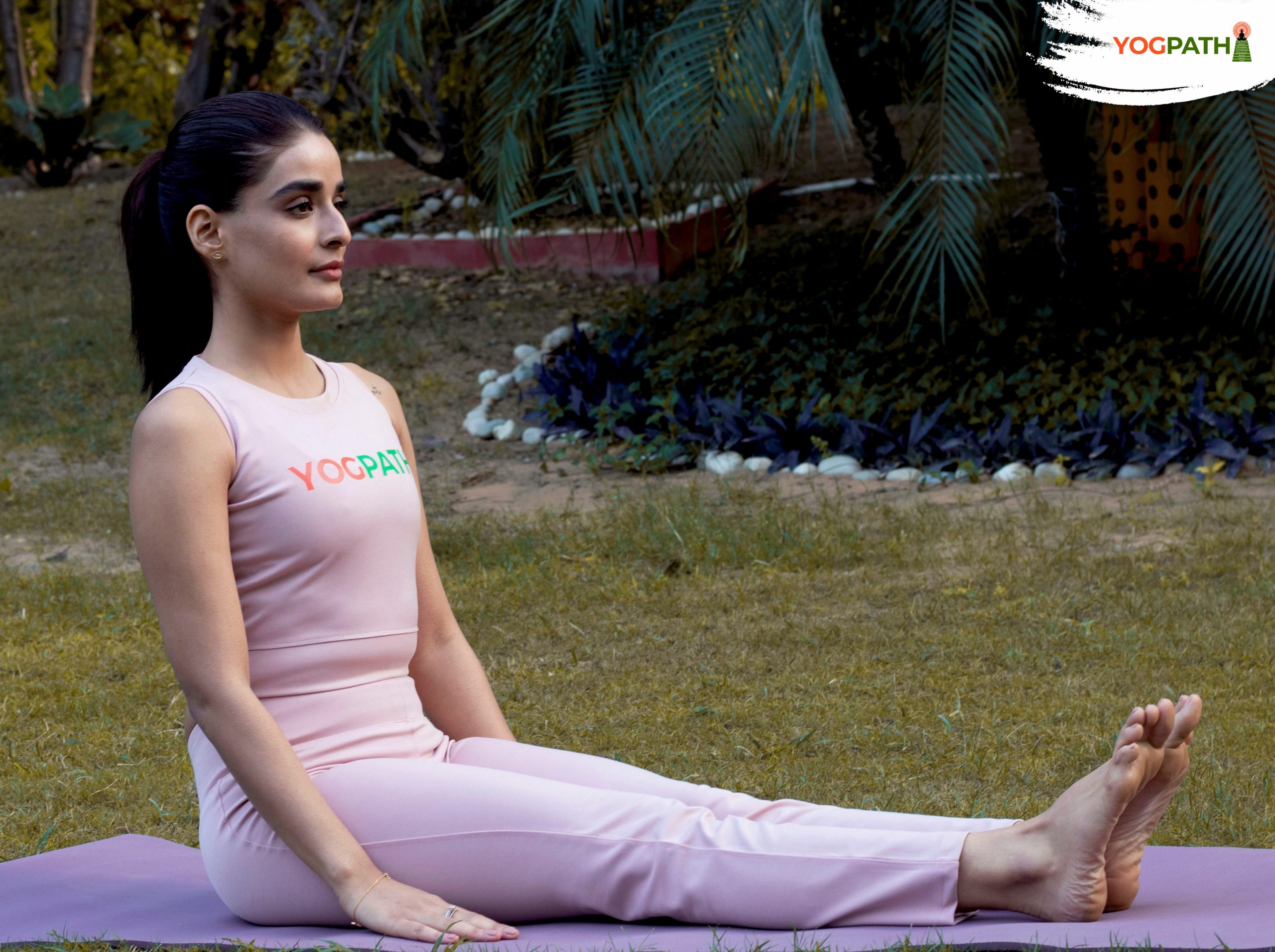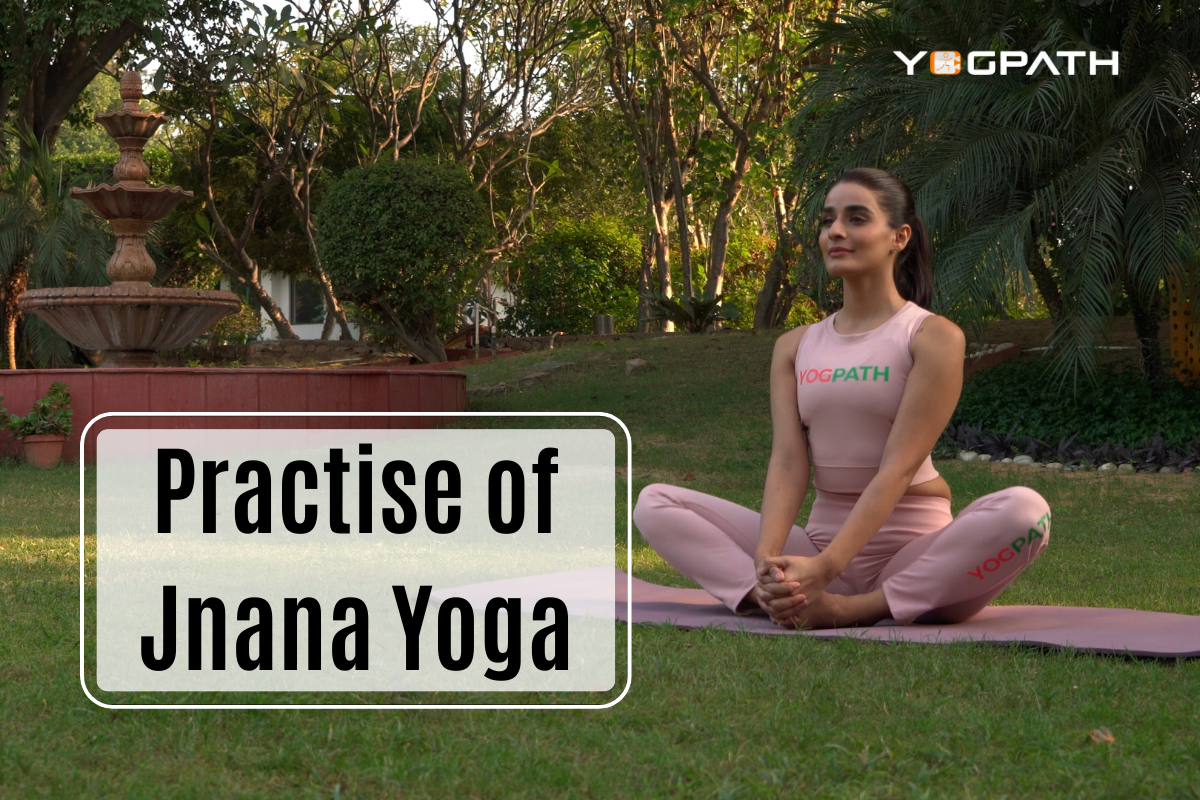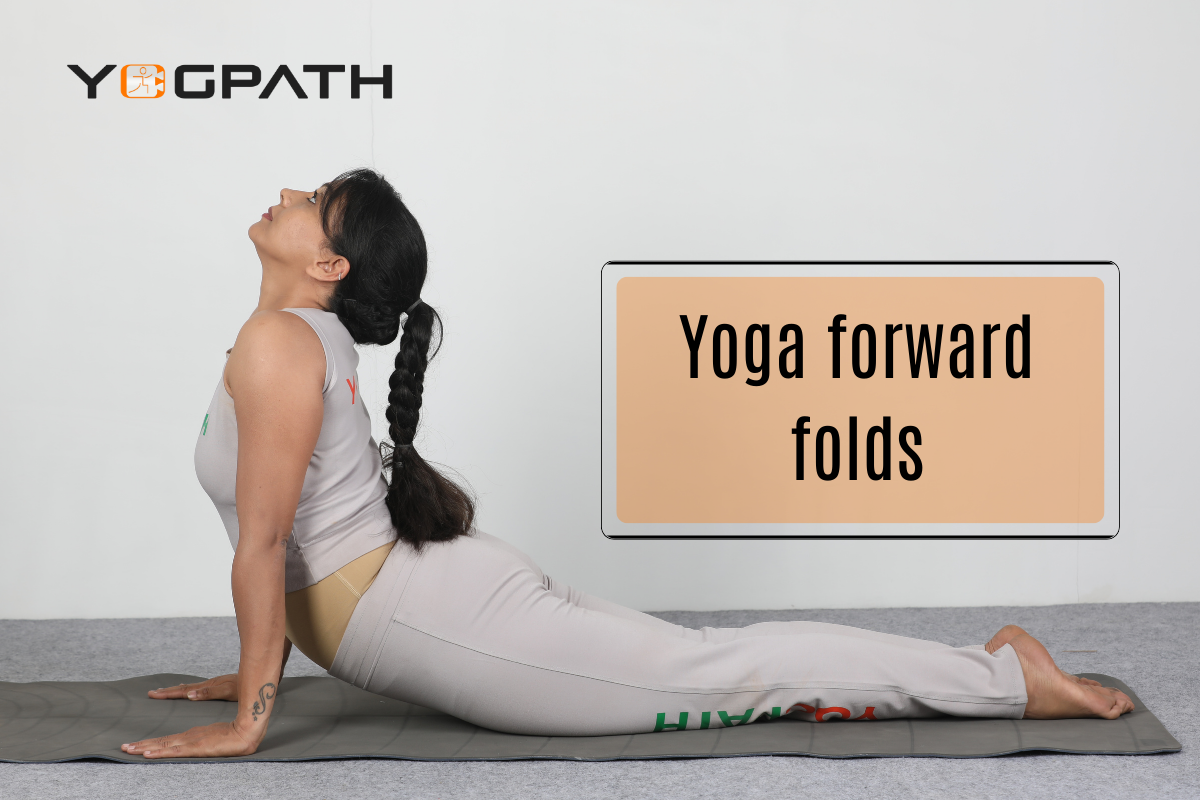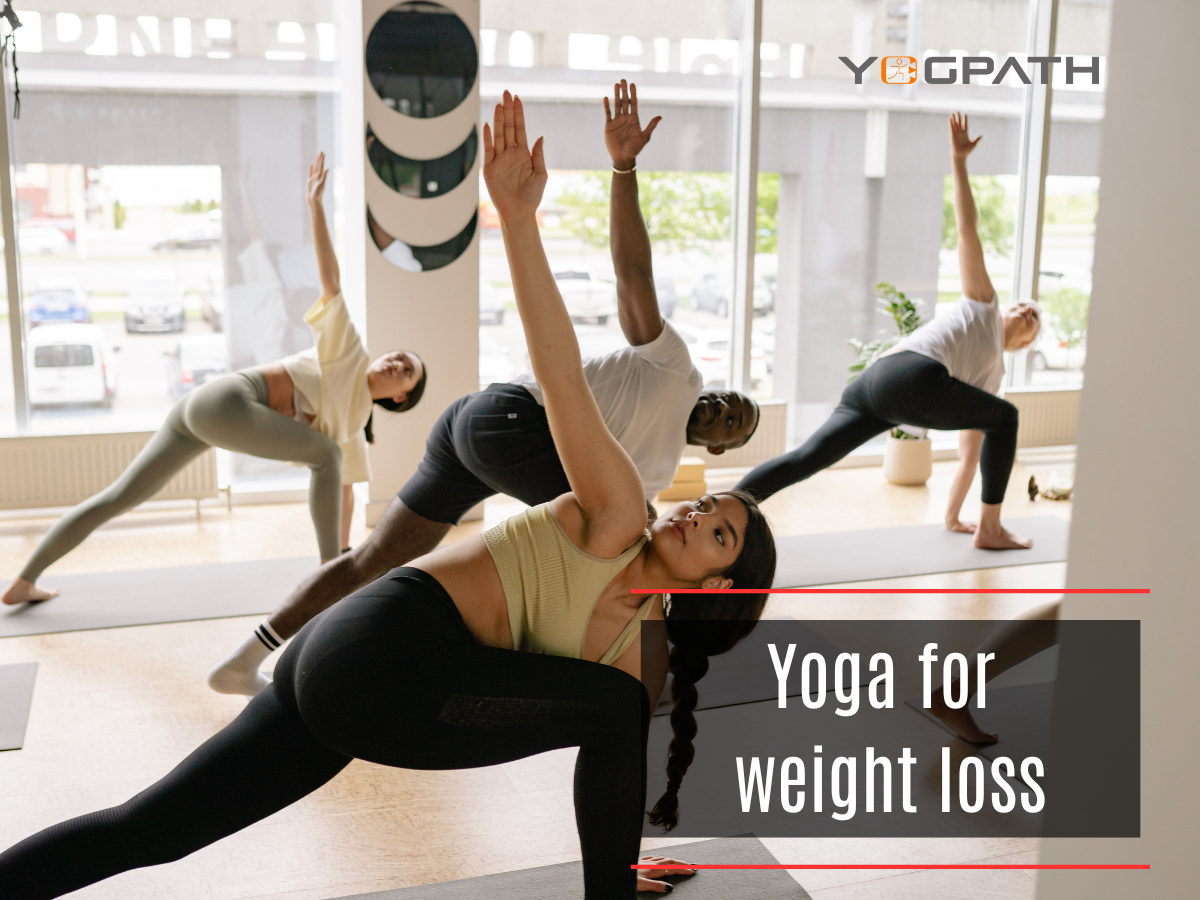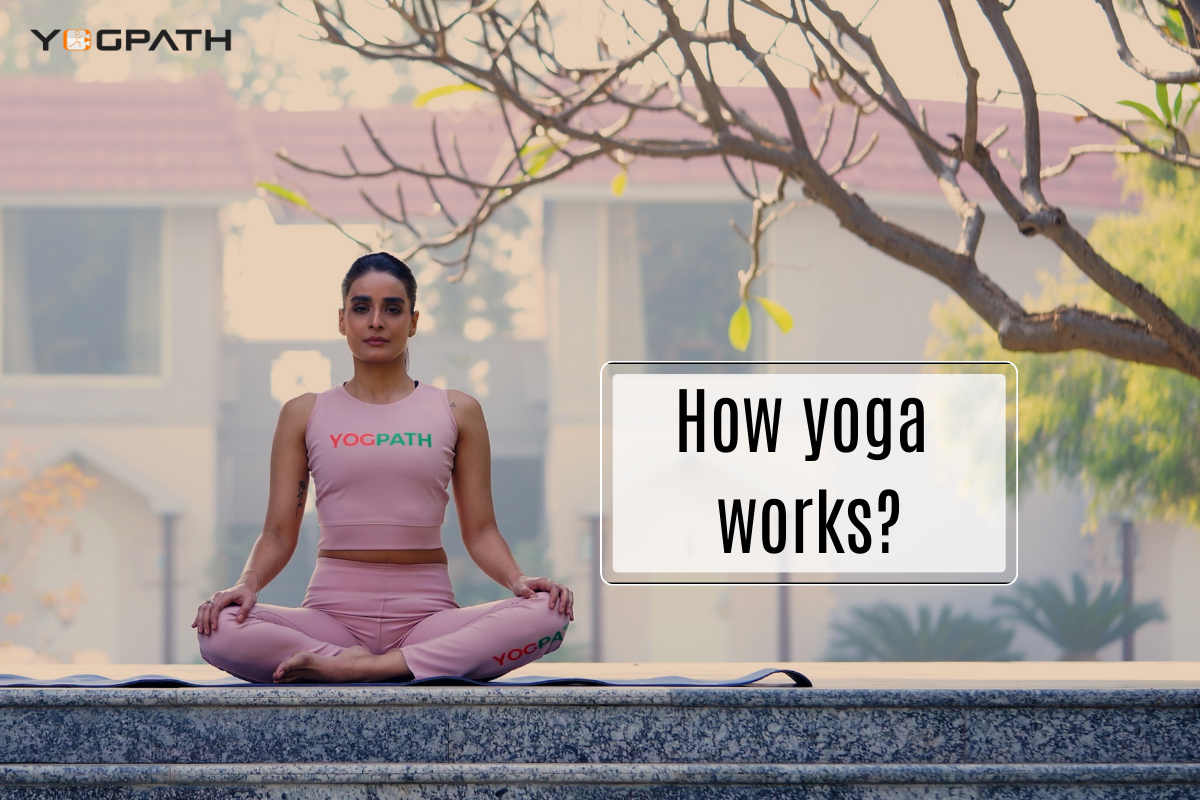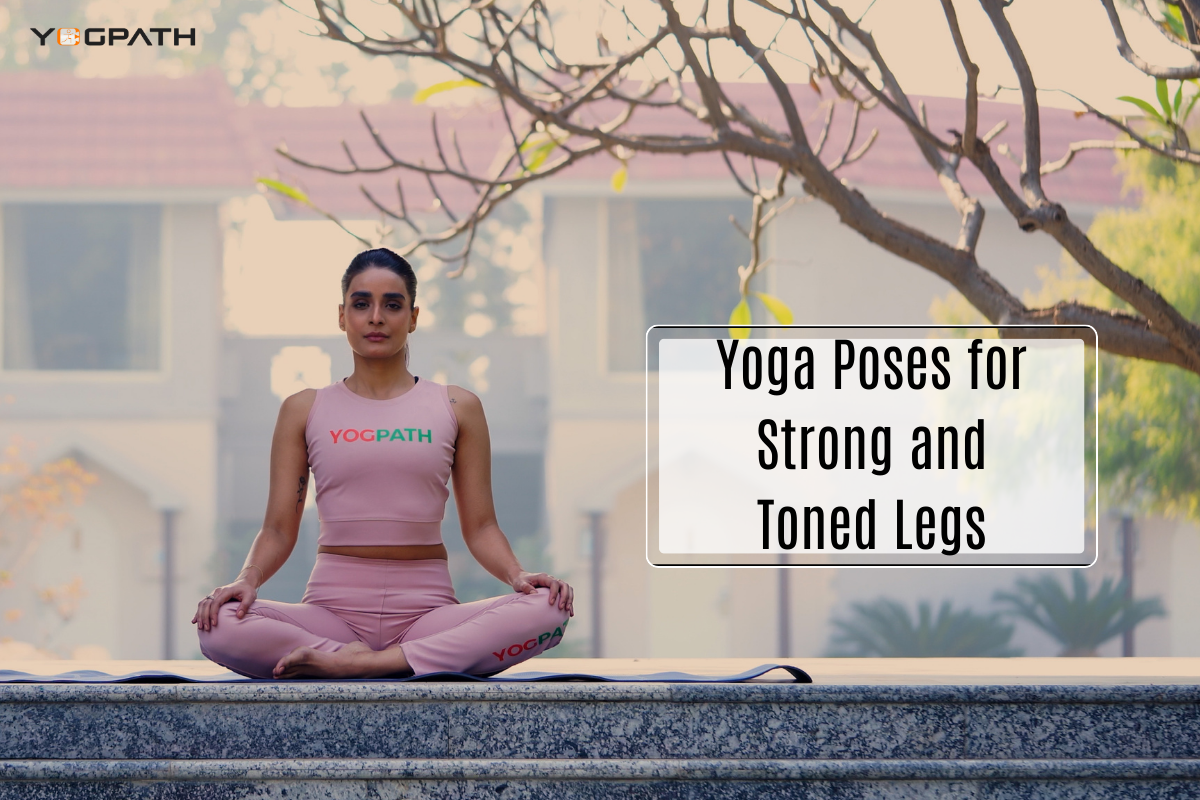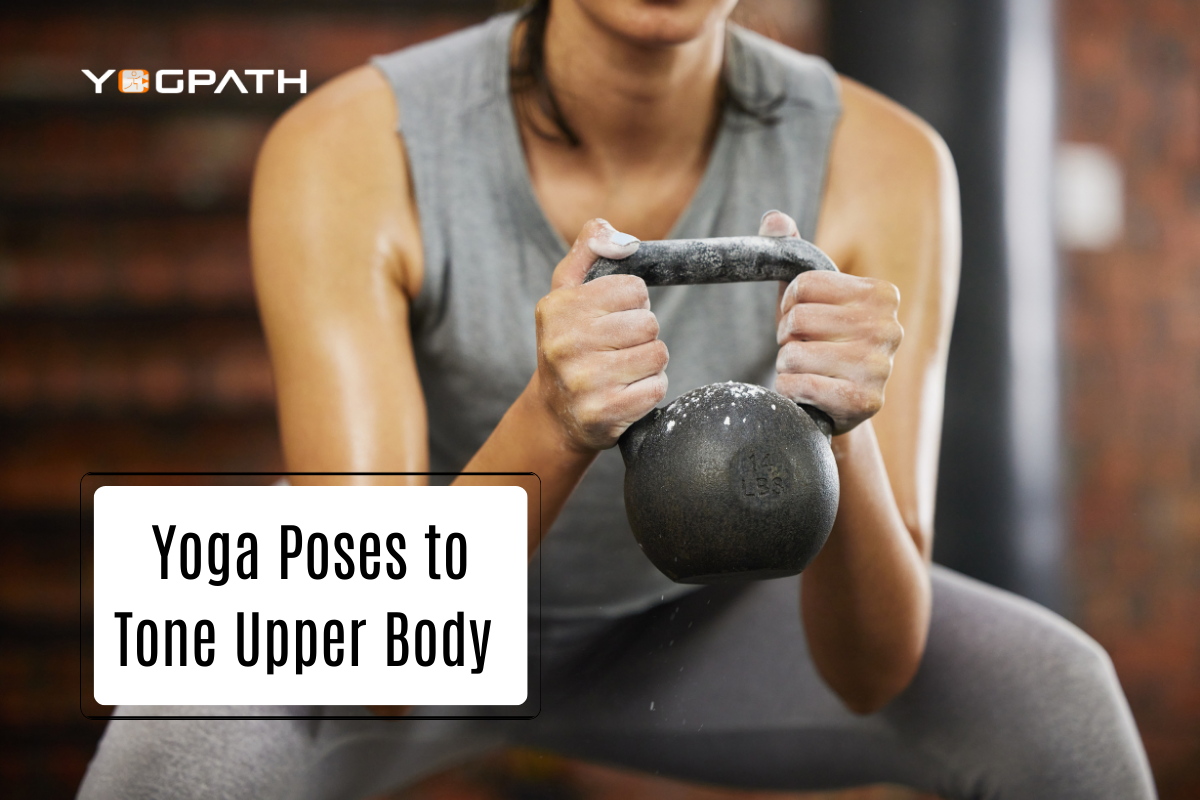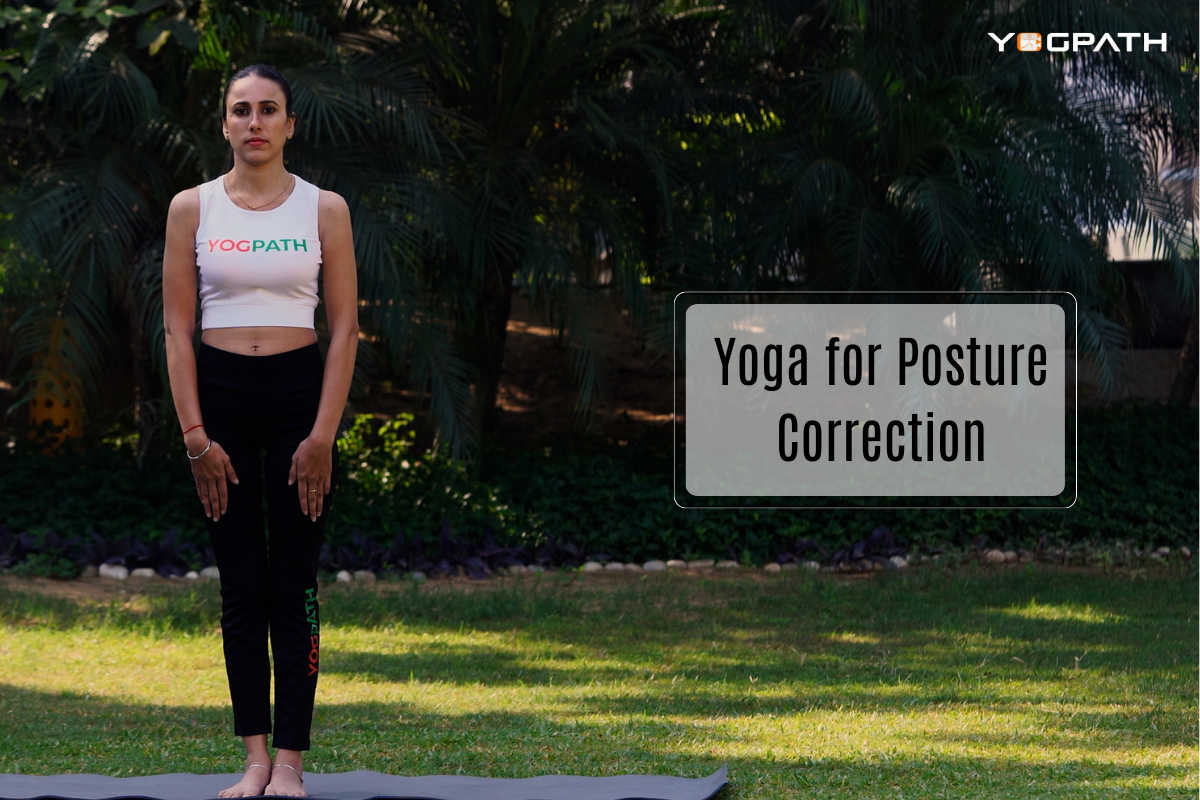
Yoga is a lifestyle choice that goes much beyond regular yoga practice for the majority of serious practitioners. It creates such a powerful bond between the body, mind, and soul that it frequently permeates all other aspects of day-to-day existence. Yoga strives to encourage a way of living that place as much emphasis on harmony, compassion, serenity, and optimism as it does on physical health. It is an extraordinarily potent holistic therapy all on its own because of this system of priorities.
Yoga and Traditional Chinese Medicine are two of the world’s oldest medical practices that people still follow but appear to be two completely distinct holistic therapies when you look at their beginnings. However, it’s highly possible that these two methods were affected by one another. They both emerged from their respective civilizations, but at their core, both ideologies acknowledge that achieving a level of balance is necessary for achieving a state of health and wellness.
Yoga and Chinese medicine both acknowledge the presence of an energy life force, which is one of the most obvious parallels between them. TCM can enhance your normal yoga practise and help you develop a deeper sense of body awareness. You may attain balance and maintain your mental and physical health by connecting your mind and body more deeply.
What is Traditional Chinese Medicine?
According to Traditional Chinese Medicine, a ‘Qi’ energy travels along twelve meridians, each of which stands in for a different organ. The internal organs and the skin are both connected by these meridians.
These meridians create balance and support good organ and body function when Qi flows through them freely. On the other side, disease and discomfort manifest in the organ and regions connected to that particular meridian when the Qi becomes stagnant.
To encourage energy flow, balance, and optimum health, traditional Chinese medicine employs several techniques including acupuncture, acupressure, cupping, massage, and herbal remedies.
Similarities between Yoga and Chinese Medicine
Yoga’s core principle is the improvement of both physical and mental well-being through the appropriate movement of energy throughout the body. Yoga uses calming positions that are maintained for several minutes and frequently involve body meridians as well.
Yoga promotes the energy pathways connected to each meridian through these poses. Focus is drawn to the connective tissues that keep the body’s cells in place when the poses are held for a long period of time.
These connective tissues are strong and flexible when you’re healthy, but they become stiff and rigid when you’re sick. We may release stuck energy in these connective tissues by practicing and holding the poses, which is good for our overall health.
The meridians in TCM are also linked to particular emotions like fear, rage, and enthusiasm. It is believed that strong emotions throw off the body’s equilibrium. To regulate the autonomic nervous system and encourage energy flow, practitioners of Chinese medicine treat both the organ and the emotions connected to it.
The goal of both disciplines is to enhance general mental and physical health, but they employ different approaches to get there. Both emphasize energy flow and a mind-body balance.
How to combine Yoga and Chinese medicine?
1. Meditation
Meditation is a vital strategy for regulating emotions and calming the mind, and it is used in both yoga and traditional Chinese medicine. Yoga poses can help you unwind while encouraging energy flow in the spine and mental balance, which are important TCM ideas if you have trouble meditating.
Both exercises focus on integrating the mind and body, and meditation is an excellent technique to do this. The positive of both traditions is the fact that it reduces stress.
2. Chinese Herbal Medicine
The wellness regimen of any yoga practitioner would benefit greatly from the addition of Chinese herbal medicine. Chinese herbs have the advantage of being simple to mix with other holistic methods for better outcomes. They offer an alternative to using medicines that is safer and more natural for treating several illnesses.
.
Herbs are frequently used in Traditional Chinese Medicine as part of a comprehensive treatment strategy to restore the body’s natural equilibrium and to replenish the organs for better overall health. Chinese fertility herbs are used to strengthen the reproductive system and restore hormone balance.
It is simple to understand how yoga and Chinese herbal medicine can work in conjunction to treat a number of ailments and promote overall wellness.
3. Prenatal Massage
Yoga and prenatal massage can be combined to address typical pregnancy problems and ease aches and pains. These two therapies are excellent for easing discomfort while supporting the body through every stage of pregnancy because a woman’s body experiences significant hormonal and physical changes as her pregnancy advances.
The uterus and ligaments can be kept toned and healthy by combining prenatal yoga and massage. This is essential for avoiding conditions like uterine prolapse, incontinence, and preterm labour. Even painful muscles and joints may benefit from these two treatments.
Pregnant women who regularly practice yoga and receive prenatal massage have fewer problems with insomnia. Additionally, both approaches can be modified for use during every stage of pregnancy, combining their advantages from conception through labour, delivery, and recuperation.
4. Acupuncture
An age-old treatment, ‘Acupuncture’ provides a secure and efficient means of treating various medical conditions, including chronic pain. Additionally, it can improve flexibility, reduce inflammation, balance hormones, and address fertility problems.
The foundation of acupuncture is the idea that the body’s energy, or Qi, travels through several routes and connects various organ systems. Chronic stress, disease, or injury can all block these pathways. Pain and illness are caused by this restricted energy. Acupuncture removes the obstructions that are preventing Qi from moving freely.
5. TCM Elements to Incorporate into Your Yoga Practice
The five elements have a significant role in traditional Chinese medicine. They are employed to describe seasonal trends and cycles. The element of water is linked to the seasons of winter, wood to spring, earth to late summer, fire to summer, and metal to autumn. Include a series of poses that target the present season in your yoga practice to incorporate the five elements of TCM.
6. Cupping Therapy
Glass cups are used in the TCM therapy known as cupping to induce suction and activate particular acupuncture site. It helps release impurities, improve circulation, ease muscle tension, and stimulate energy flow. It is an ancient method of encouraging recuperation and healing.
In particular, cupping helps to relieve neck and back discomfort. It is frequently combined with acupuncture, massage, and yoga to promote stress reduction, enhance digestion, lessen allergy symptoms, hasten recovery from colds and flu, and improve skin health.
Your performance and outcomes can be maximized by combining yoga and cupping.
These integrative and comprehensive methods frequently result in benefits that last longer and have a wider impact.
The quality of life for those with chronic health disorders can be significantly improved by changing their behaviour and lifestyle. Numerous chronic conditions, such as diabetes and arthritis, are greatly influenced by persistent stress, anxiety, a poor diet, and lack of exercise.
It’s also crucial to keep in mind that making lifestyle changes
